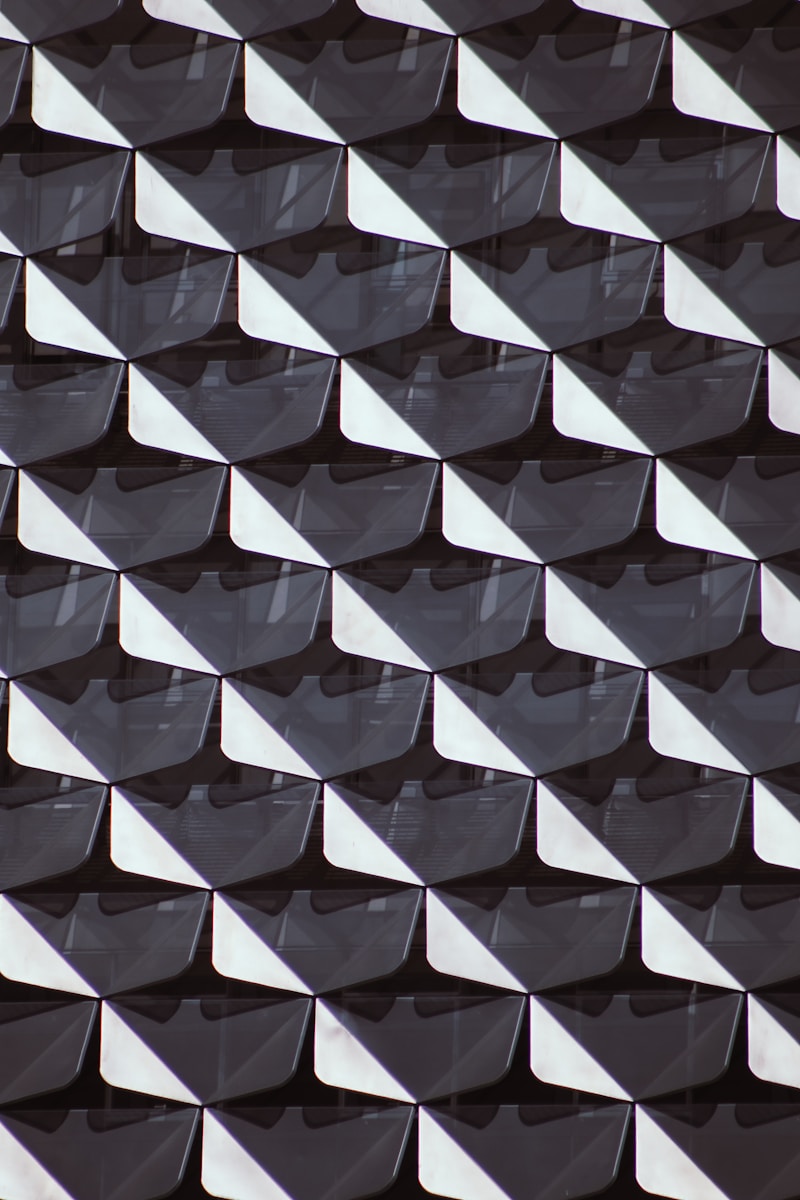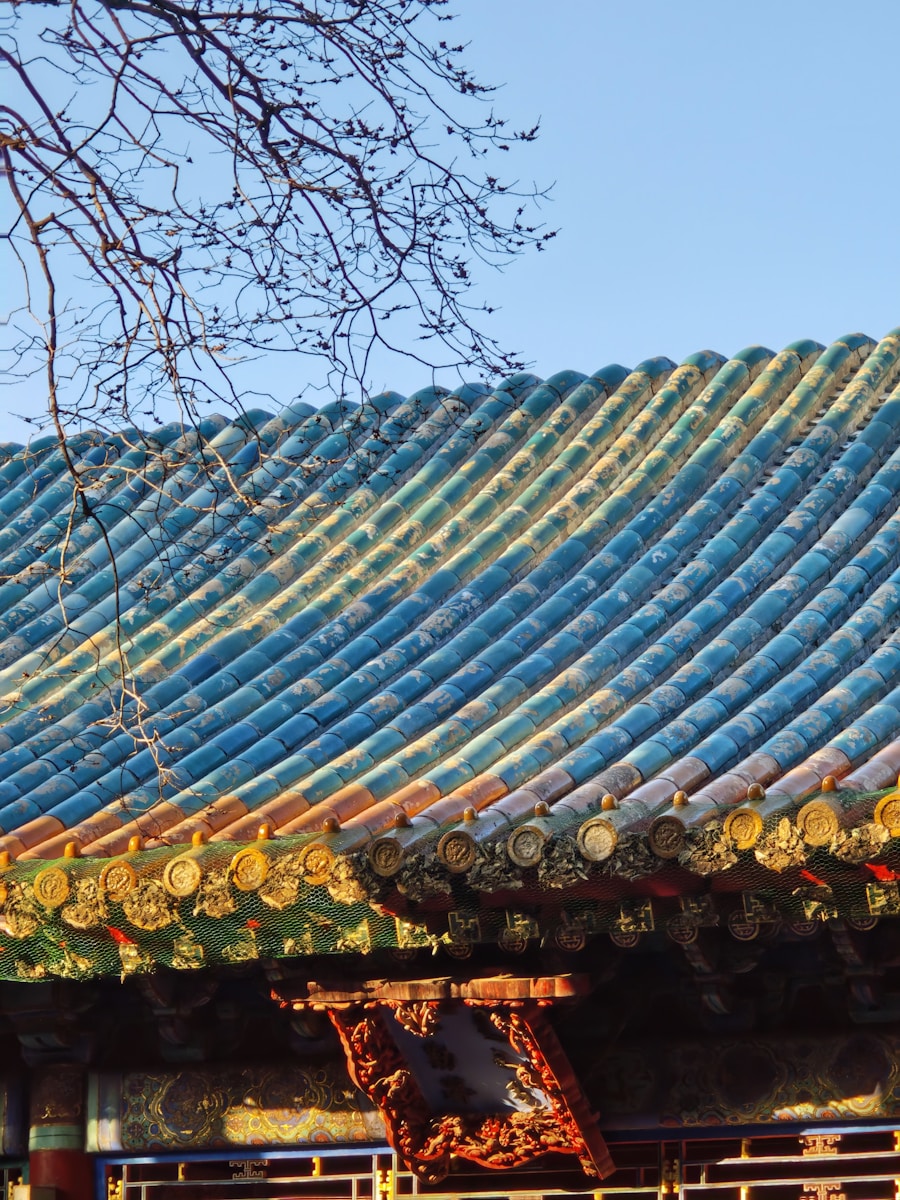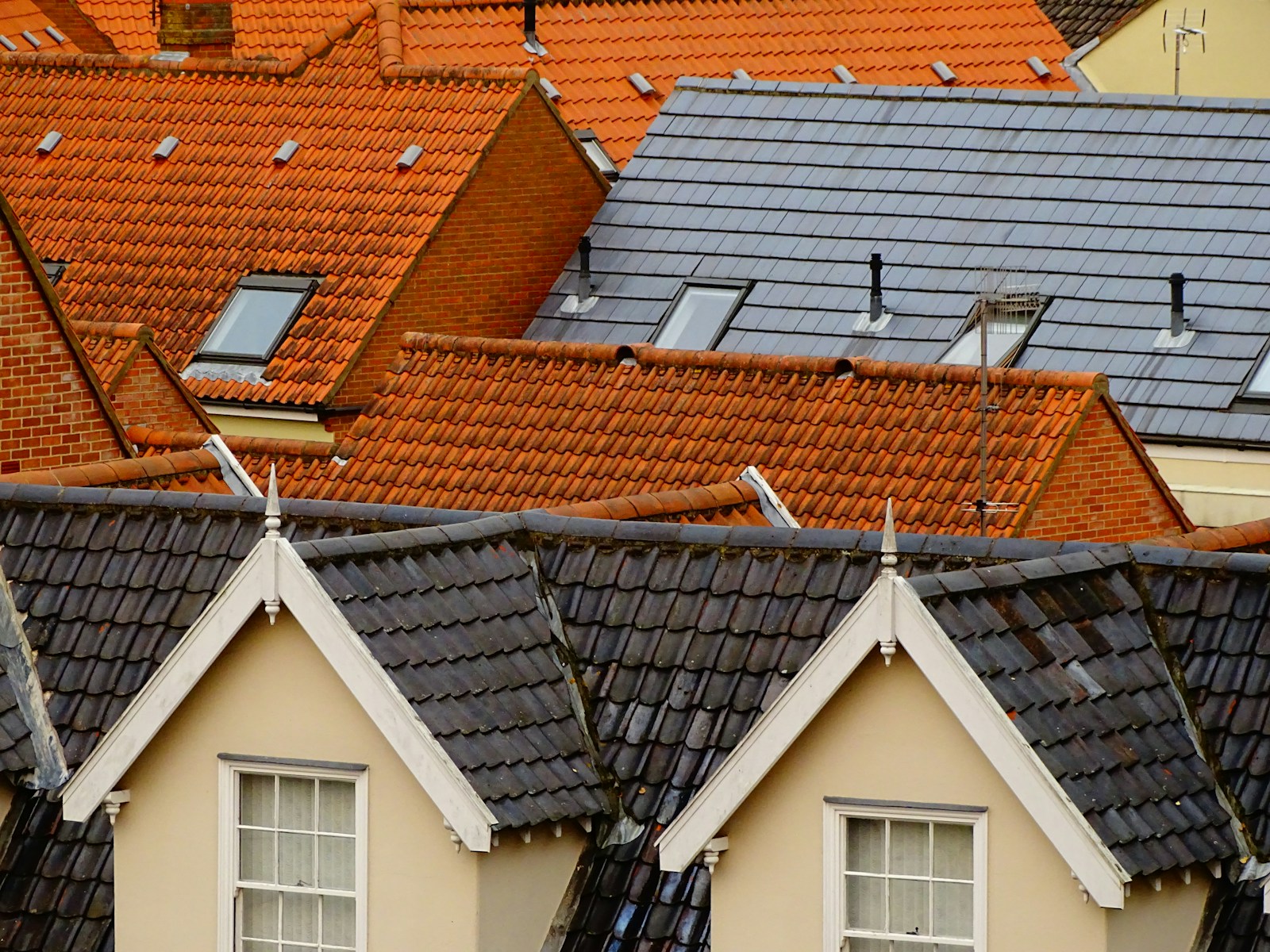Right—so, pitch distortion. A phrase that sounds like it belongs in a jazz club but unfortunately means your tensioned fabric roof is throwing a fit. One day it’s tight as a drum, next day it’s sagging like a deflated bouncy castle. Not exactly the architectural poetry you hoped for.
And you think, at first, it’s the weather. Heat, wind, that bird that stomps on it every morning like it owns the lease. But no, it’s geometry, buddy. Stubborn geom-e-try. And maybe something got installed wrong. Or age. Nobody likes to talk about membrane aging. Embarrassing somehow, like talking about elbows.
Chasing the Sag—What’s Actually Going On?
Alright. So a fabric roof is meant to live under constant tension. Not too tight, not flappy-fish loose. Like a good trampoline, right? But life ain’t always perfect, and materials stretch. Hardware shifts. The cables look confident-yet-sleepy. Suddenly the pitch—the slope, not baseball lingo—starts acting up.
What used to be a clean dip turns into a weird twist or bulge or, worse, a little puddle-pond every time it rains. Engineers like to go: “It’s a pre-stress imbalance.” Yeah okay Greg, but why does it look like it’s trying to escape the frame?
Test First, Panic Later
First thing—don’t yank anything.
People see a dip and they start hauling on tensioners like they’re winching a Jeep out of mud. Not helpful. Usually that’s how you rip seams or pop the fittings. Instead—measurement. Grab a theodolite (if you don’t know what that is, probably don’t be up there). Or grab a laser level. Hell, even string and a tape can get you somewhere close.
What you’re looking for is deformation patterns. Where’s she sagging most. Are the corners holding? Is the edge cable higher than the midspan? Chronically depressed middle often means—not enough curvature. Or over time, too much baking sun has changed the membrane behavior. UV gets under the skin, literally.
Preventing roof sag starts with proper construction and maintenance. Make sure that your roof is built to the correct specifications and that high-quality materials are used.Additionally, it’s important to regularly inspect your roof for signs of wear and tear. Don’t forget to address any issues as soon as possible to avoid making things worse.
https://kekoasrenovation.com/the-truth-about-roof-sag-whats-acceptable-and-whats-not/
Thermal Bloating—An Ugly Truth
Oh and don’t forget thermal unevenness. Nobody talks about it until suddenly you’ve got a sunny side that’s all loosey-goosey compared to the shaded side. Happens a lot in stadium roofs. West-facing membrane can stretch more during the afternoons, and that slight extra millimeter here and there starts to compound.
Then the pitch warps. Not disaster, just annoying. Like when your table starts wobbling and no amount of napkins under the leg can fix it. Kinda like that.
What Can You Actually Do?
Let’s start blunt: if it’s a structural pitch issue, and not cosmetic, you may be opening up a whole world of re-tensioning that no one wants to deal with in July.
Some fixes—
- Cable re-tensioning. But it has to be uniform. Like tuning a guitar. If you crank one side, the others retaliate like angry siblings.
- Replace the membrane. Not usually Plan A, but sometimes you gotta let go.
- Add adjustable fittings if the system didn’t come with ‘em. Seen too many roofs without proper adjusters and then people start making up weird bracket hacks and then fingers get broken.
- Heat gun patching. Highly not recommended unless you really know your material properties. This isn’t craft hour with vinyl stickers.
- Add thermal expansion joints or shaded barriers, depending on installation. It’s not elegant, but then again neither is a sagging roof.
Things Folks Do That Almost Always Make It Worse
Yanking without measuring—already talked about that, but it needs saying again. Some guy gets up there and starts reefing on a turnbuckle with a wrench and pretends he’s saving the world. Meanwhile he’s torsion-loading the aluminum catenary frame to kingdom come.
Also: overloading the roof with snow and just hoping it’ll sort itself out after melt. Structural systems don’t self-heal, unless you believe in membrane fairies.
And here’s an underrated one: not anchoring the base properly. Seen cases where the roof was fine—but the concrete footing had shifted a few degrees, and that was enough to wreck the pitch. Soil settled. So the distortion was actually underground.
Weird Hacks That… Kinda Work?
One time I saw this older install in Nevada where they hung sandbags on the corners to rebalance tension. Pretty dumb, but it temporarily relieved stress on the support fittings till they could retrofit with new hardware.
Another time? Someone used a heated air balloon underneath to “gently” push up the slack zone. Like reverse defibrillation. Probably a fire hazard, but it worked for a minute.
Wouldn’t recommend either of these. But it goes to show—people will try real weird stuff instead of shelling out for proper engineering advice.
The Honest Truth—Sometimes the Pitch Is Just… Done
After X years (depends who built it, where, and outta what), these fabric roofs want out. They’ve subcontracted enough sunlight and wind shear to earn their pension. Floppy spots and weird pitch angles might just mean: Time’s up.
No sense babying it if the material won’t hold form anymore. Makes more sense to start planning partial frame upgrades or even biting the bullet on a re-skin.
Final word? Be careful. Pitch distortion is a nagging symptom that can lead to bigger cracks—literally and metaphorically. Don’t wait for a failure event to mark your calendar.
Nothing good comes from “we thought it looked a little off but…”
You get the idea.





